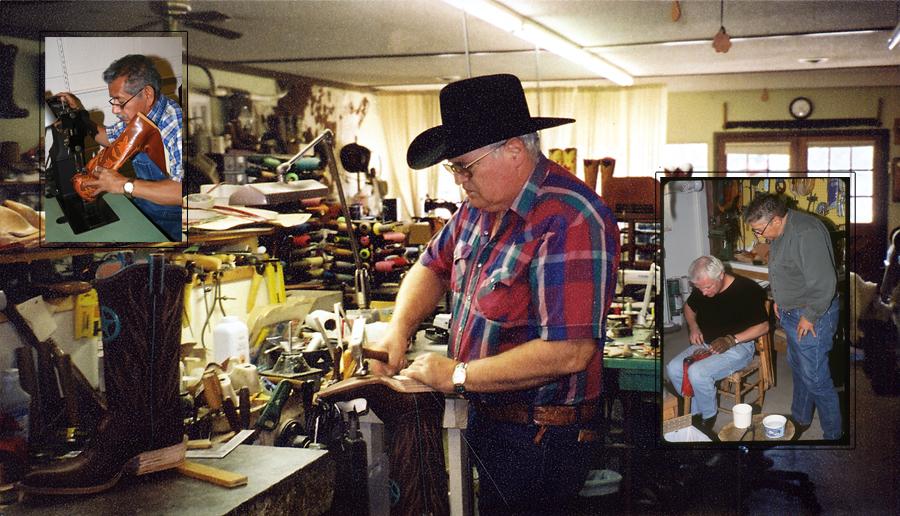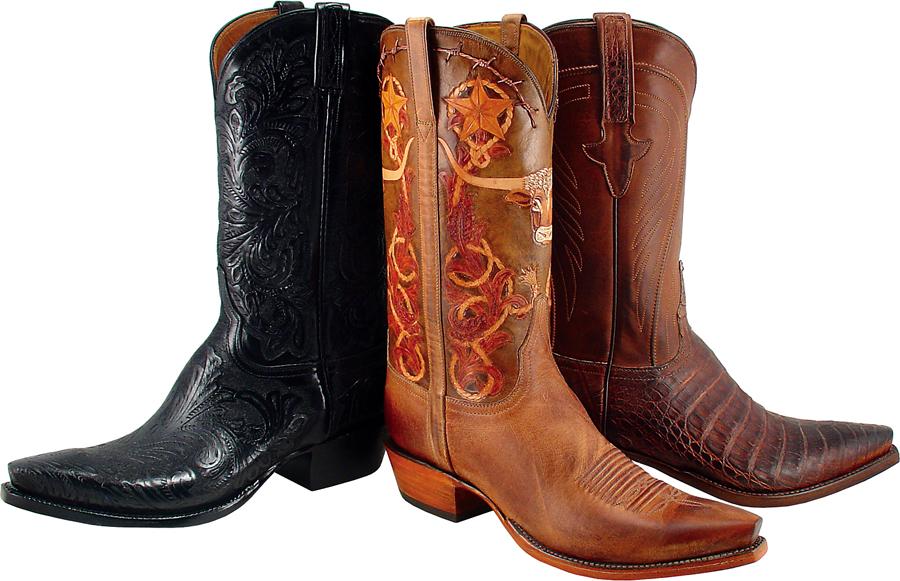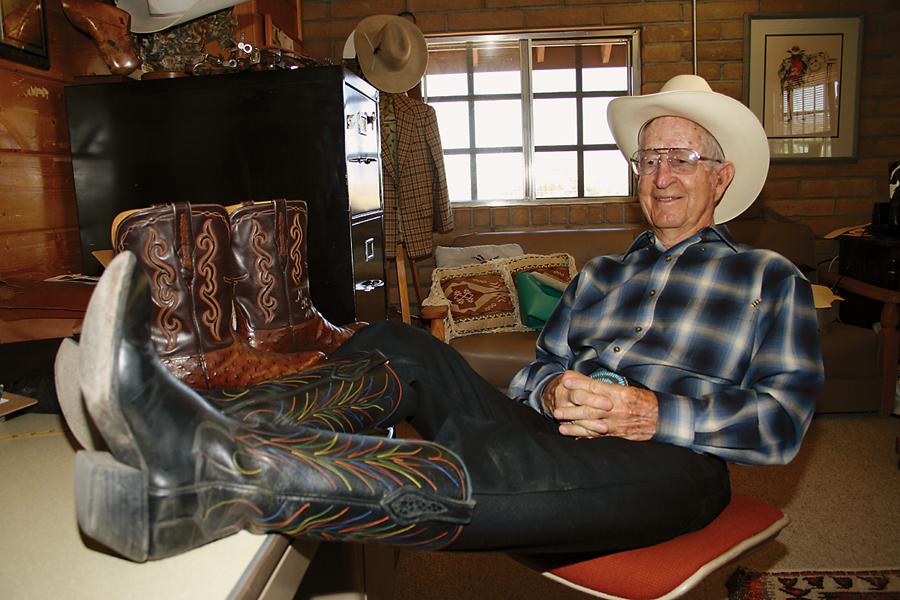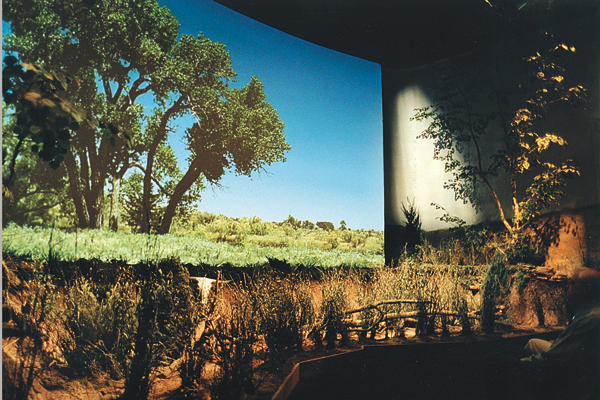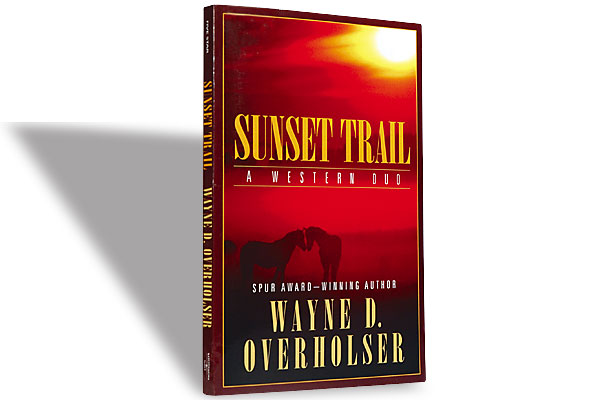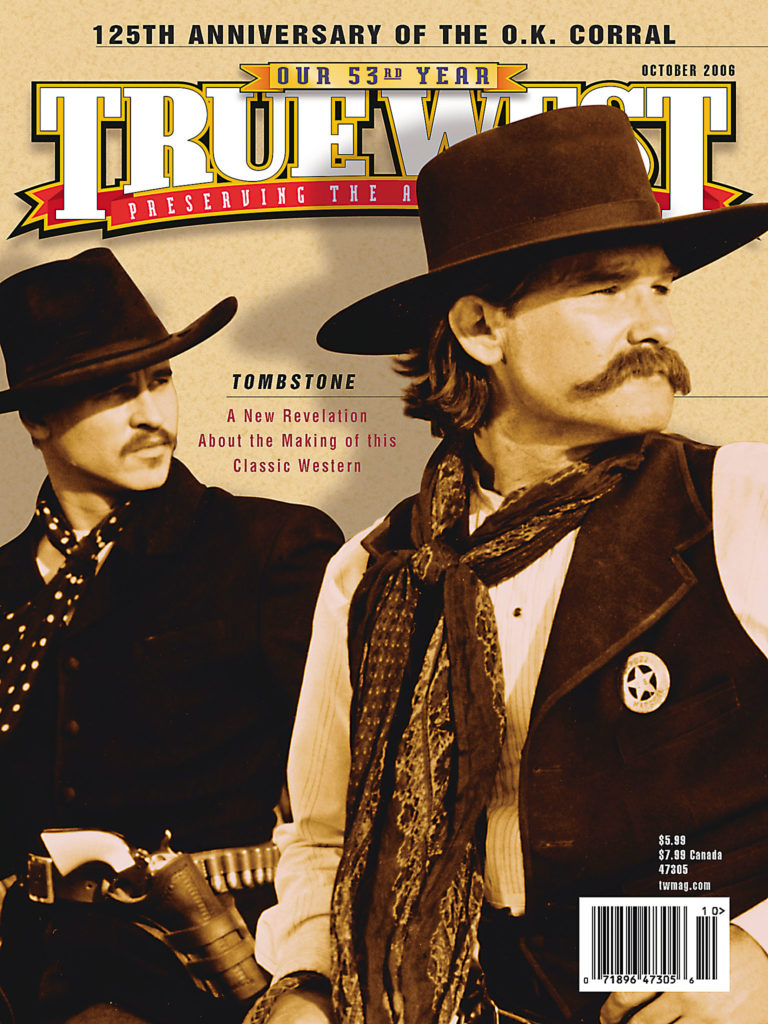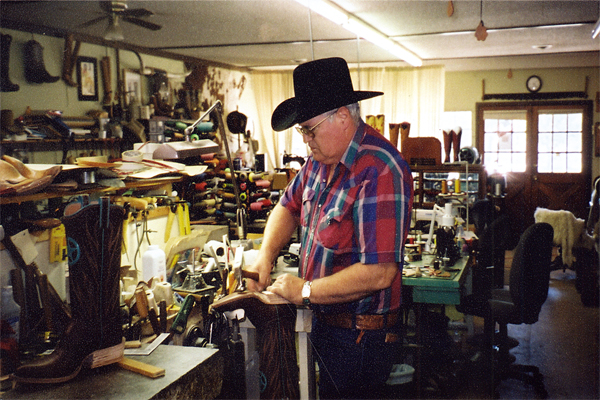 Tourists go on whiskey tours in Scotland, bootmaker Lee Miller tells me, so why not take a custom bootmaker tour in America?
Tourists go on whiskey tours in Scotland, bootmaker Lee Miller tells me, so why not take a custom bootmaker tour in America?
Could get a little pricey, I think. A $50 bottle of Scotch is one thing, but a $4,000 pair of boots is not out of the realm of possibilities. Yet, I like the idea. J.B. Stetson made his hats back East, but custom boots are Western, have been since cowtown bootmakers put their souls into their soles.
These boots are made for driving, so I’m taking the Bootmaker Trail.
Oklahoma Connection
Need proof that boots are art? Look no farther than Lisa Sorrell’s Sorrell Custom Boots in historic Guthrie. She won the Best Artist Award for wearable art at last year’s Southwestern Design Conference.
Not bad for a former seamstress who “wasn’t raised cowboy” and had “never worn boots” until she answered a newspaper ad and started stitching tops for legendary bootmaker Jay Griffith.
“By the time I left, I knew I wanted to be a bootmaker,” she says. “In fact, it wasn’t like finding what I wanted to be, it was more like discovering what I was. I just hadn’t known before that I was a bootmaker.”
Over in Pawnee, Jerry Brown was raised cowboy. At Hole in the Wall Boots and Saddles, he’s putting his own brand on Pawnee Bill’s town.
Cowboying for a living made Brown appreciate good boots. “I got really tired of shelf boots that would wear out 60 days after you bought them,” he says.
So he learned how to make them, then managed to “muster up enough equipment to say I had a shop.”
Sorrell and Brown are relative newcomers to the trade, but Blucher Boot Co. in Beggs is part of Old West history.
In 2001, James “Smitty” Smith and partner Patrick Hale took over the company Gus Blucher founded back in 1915. Blucher’s clients included Westerners from Emmett Dalton to Tom Mix.
“Nothing really has changed,” Smith says. “We still use the 1915 catalog and follow Gus Blucher’s rules.”
It’s time to cross the Red River, home of scores of custom bootmakers. I can’t visit them all, except the ones I find to be impressive.
Made in Texas
Talk about location. The Carl Chappell Boot Shop sits along the Chisholm Trail in St. Jo.
Chappell learned the trade from his father. “He said he over-trained me,” quips Chappell, who now offers bootmaking seminars.
Chappell pushes the limit in his boots. “I like to make boots that leave other bootmakers cringing, saying, ‘I’m sure glad it was him doing that instead of me!’”
Next, I head to the last place you’d expect to find a bootmaker—Saks Fifth Avenue in Dallas’ Galleria mall. But Rodney Ammons (Affinity Luxury Shops/Ammons Boots) has always done things differently (just ask colleagues about his notorious fart machine).
“It’s a passion,” Ammons says, in reference to bootmaking, not playing jokes with a fart machine (I think…).
Boots are manufactured at the El Paso plant, but custom orders are taken at the Saks shop. Ammons once made a pair for the Rev. Billy Graham’s bodyguard, with cross inlays and a hidden derringer holster.
From Big D, the trail leads to the country. Eddie and Kathy Kimmel of Kimmel Boot Co. near Comanche say they may have the only boot shop in the sticks.
“People told me I’d get better traffic if I had my shop in town,” Eddie says. “[But] if someone drives out here over these rough roads, they’re coming out here for a reason.”
The reason is that Kimmel is known for making tough, durable yet beautiful, well-fitting boots. They’re worth the drive.
So is the trip to Austin, home of Sixth Street, Austin City Limits and another music icon, Texas Traditions. Lee Miller is working on a pair for Lyle Lovett when I arrive. Not only that, Miller trained under Charlie Dunn, the bootmaker immortalized in a Jerry Jeff Walker song; he took over when Dunn retired in 1986.
Things have come full circle. Decades ago, Dunn took this wanna-be bootmaker from Vermont under his wing. Now Miller is teaching two apprentices in his shop, Virgile Mourtant and Julia Parmentor.
“This is a true folk craft,” Miller says.
In San Antonio, you’ll find another bootmaking institution, Little’s Boot Co., which Dave Little’s grandfather started as a shoe repair business in 1915. “How we stayed in business this long is un-believable,” Little says.
Not really. Over the years, Little has earned a reputation for making the best-looking, best-fitting boots around, and you won’t find a fancier shop.
“I’ve always insisted that we’re here to provide a service of quality,” Little says. “We’re not interested in quantity.”
Austin and San Antonio are awesome, but you can’t beat San Angelo’s Western experience. Visitors can tour historic Fort Concho, visit an excellent brothel (Miss Hattie’s is a museum these days) and have plenty to choose from in the boot departments.
First stop, Brest Boots & Saddle Shop. I love those old machines, the smell of leather. This place looks like a boot shop.
“I got tired of going into Western stores and finding boots made in China,” says Robert Brest, who bought Rusty Franklin Boot Co. two years ago. “It’s an art, and it’s American, and I’m going to make sure it stays in America.”
Bootmaking is also an art at San Angelo’s legendary M.L. Leddy’s Boots & Saddlery. M.L. Leddy opened a saddle shop in Brady in 1922, then moved to San Angelo 14 years later.
“Leddy had people do one step, mainly so they wouldn’t go out and start their own boot company,” sales manager Sammy Farmer says on the floor of Leddy’s fancy digs. “But it worked and still works. You get more proficient if you sit back and build 10 handmade toes. You get pretty good at making toes.”
New Mexico Way
Texas doesn’t have a monopoly on bootmaking. I discover a pair of gems—one-man and one-woman shops—in New Mexico, where I make an amazing discovery: The Kimmels are wrong. They aren’t the only bootmakers based in the boonies. You have to know where you’re going to find Bishop’s Handmade Boots near Tucumcari.
Word of Tim Bishop’s workmanship has spread since he started making boots in 1994. His favorite part of the business? “I like to see my boots six months after I’ve built them because they look better when they’ve been worn. When I build myself a pair, I’ll probably leave them in the closet for a month or two because they don’t have that broken-in look. Then I’ll probably break down and wear them to mow the yard or something to get that used look.”
I wouldn’t do chores in any boots from south Albuquerque’s McGuffin Custom Boots. Talk about art.
Third-generation bootmaker Deana McGuffin learned the trade from her father, and she also offers bootmaking courses.
“He was a real perfectionist in his work,” Deana says of her late father, L.W. McGuffin. “He taught me that no matter what you do and what kind of artistic endeavor you get involved in, just do it to the best of your ability and strive for excellence in everything you do.”
Maybe the biggest compliment comes from other female bootmakers. Lisa Sorrell and Stephanie Ferguson credit Deana for inspiring them to pursue their own bootmaking dreams.
It’s on to Arizona, home of three bootmaking aces and a new store that carries beautiful historical boots.
In Old Arizona
I’m not sure what to expect at Stewart Custom Boot Co. in South Tucson. I sure don’t expect to find a ponytailed, revolver-packing former engineer and barbershop quartet enthusiast. Meet Victor J. Borg.
Aldolfo Romero and Ronnie Stewart teamed up in the 1940s in Leon, Mexico, before parting ways in 1955. Stewart took his company to Tucson but went bankrupt. In 1970, Borg wound up with the business.
Burned out on engineering, Borg trained himself to make boots. “I can start with leather in a box and make a finished boot, but the work [my employees] do, that’s humbling. It’s taught me to really respect these guys as artisans and craftsmen. They’re not guys sticking bolts in holes.”
From Tucson, it’s an easy drive to Nogales and Paul Bond Boot Co., a must stop on any bootmaker trail.
Bond rodeoed in the 1930s-40s before taking on the craft of bootmaking in 1946. He’ll turn 91 in December, but you’ll likely find him at the shop. “I love to play golf and fish and travel,” he says, “but I don’t think anything’s better than being right here in the shop and trying to create something.”
He has created boots for actors and singers, but Bond is also known for giving working cowboys a durable product. “I just love to see ’em wear our boots,” he says.
On my way to Phoenix, I head to Glendale, home to the newest Boot Barn store, which carries the Oak Tree Farms line. Not many women probably realize they can purchase custom boots here. If you’ve got a pair of chaps looking for a pair of boots, this may be your best bet. For those ladies who have been searching for Cathedral, Steeple, Chapel boots and the like, you’ve hit the jackpot.
The trail ends in Phoenix at David Espinoza Bootmaker.
Espinoza spent much of his career in the shoe and leather trade, learning to make boots in 1972. “The whole time I was making boots as a hobby,” he says. “Now I’ve got way too much work to call it a hobby.”
Re-enactors and Old West enthusiasts provide much of his business, but Espinoza makes boots for everyone. He also praises his workers. “Each and every one is an artist,” he says. “I start every pair and finish every pair, and I guide them in between, but they are the true artists.”
Which is a theme I’ve heard at every shop I’ve visited.
“This is becoming something of a lost trade,” Espinoza says. “There are a lot of people who can make boots, but very few of those are artists.”
On this trail, I’ve met a lot of artists.
Photo Gallery
– All images by Johnny D. Boggs unless stated otherwise –


